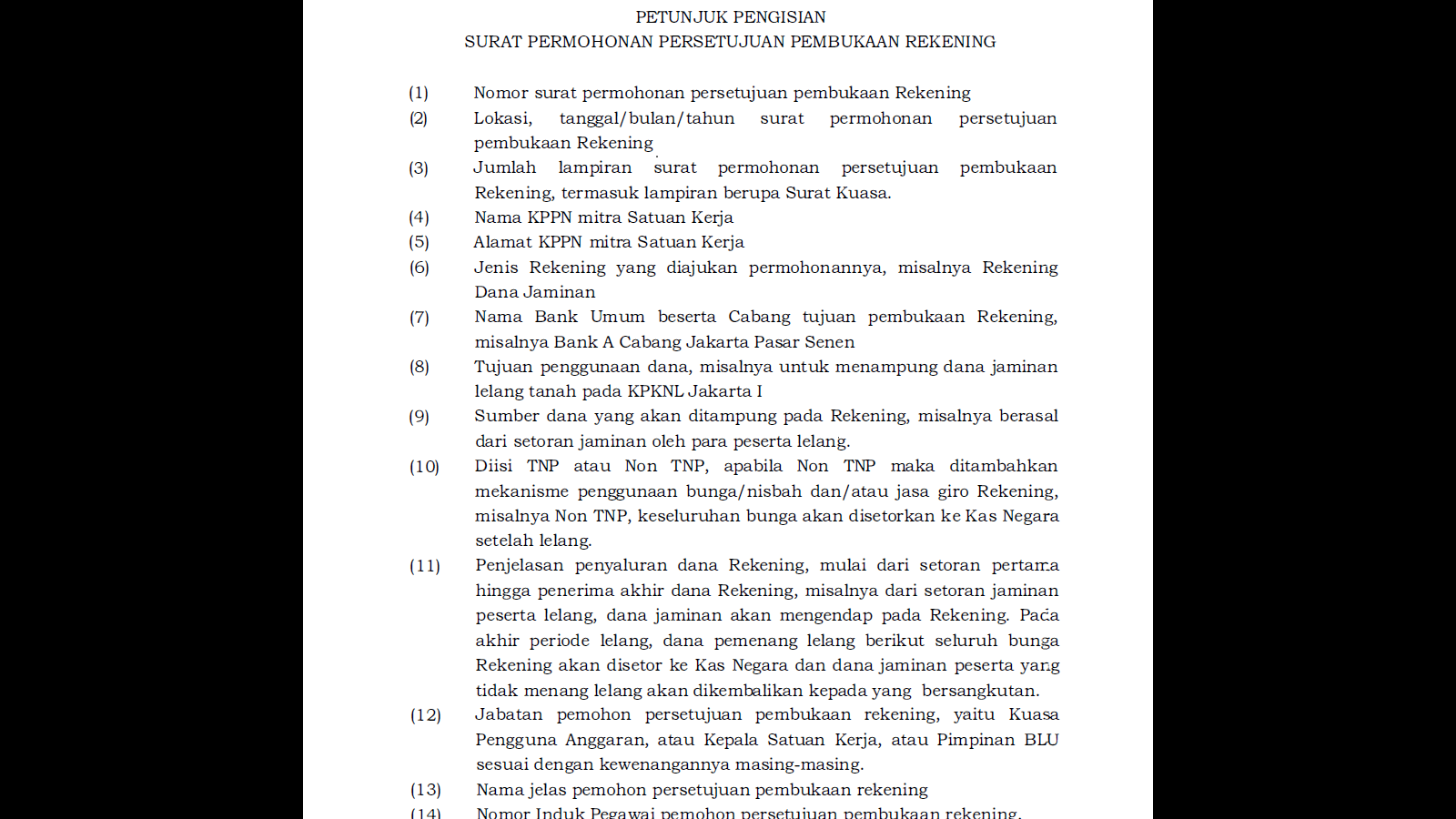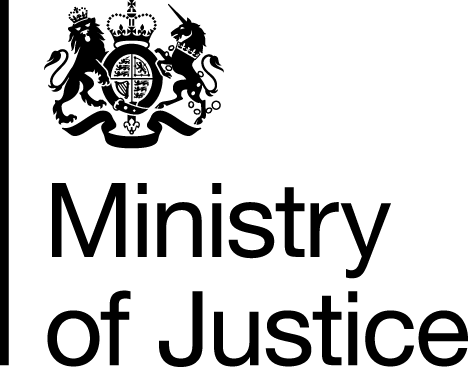cultural patterns and diffusion lesson 3 strategy 2 cultural hearths and diffusion mapping patterns of cultural diffusion geograph
Cultural Patterns and Diffusion
Lesson 3 Strategy 2
Cultural Hearths and Diffusion
Mapping Patterns of Cultural Diffusion
Geographers use maps to help them understand how cultures affect
places, and how cultures move and change. They carefully observe the
landscape looking for cultural clues, and map where the clues occur.
Then they look for patterns on the maps. This process is called
spatial analysis.
Cultural regions are based on one or more aspects of human culture.
They are functional regions; that is, they are based on activities of
people living in the area. Religion and language are two common
cultural characteristics used to determine cultural regions.
Geographers use real, observable data to locate the region. They may
use census records, the locations of churches or temples, or the
language used in schools or business advertising to determine where a
language is spoken or a religion is followed. Because people move
around as a part of daily life, the boundaries of cultural regions may
change over time.
A closer look at cultural regions
*
Core: The part of the region where the cultural traits are found
most often
*
Periphery: The part of the region where cultural traits are found
less frequently
Freeform 2 Freeform 4
Cultural Hearths
In the ancient past, major cultures began in an area called a cultural
hearth. From these areas, cultures spread (diffused) outward, carried
by people involved in trade, travel, conquest or immigration.
Geographers and historians believe that there were several cultural
hearths in the ancient world. They are shown on the map below.
In each of these cultural hearths, people developed a different way of
doing things like eating, building shelter, speaking, writing, and
making a living, and living together. For example, in the Chinese
Wei-Huang Valley, people ate rice with chopsticks, spoke Chinese
language, wrote with pictographs, and developed a respect for
ancestors.
On the map above, the orange area represents the core of the cultural
region. In this area, almost everyone followed all of the cultural
ways of doing. The yellow area surrounding it is called the periphery.
In this area, most people followed the ways of the culture at least
most of the time, but other languages, belief systems, ways of eating,
or making a living might also be seen there occasionally. In the area
outside the region (yellow on the map) people would not follow the
cultural pattern.
Cultural Hearths in History
In seven places known today, ancient people “invented” cultures, and
these cultures still influence the way people live today. The seven
original cultural hearths are located in: Mesopotamia, Nile Valley and
the Indus Valley, Wei-Huang Valley, Ganges Valley, Mesoamerica, West
Africa, Andean America. Locate each cultural hearth on the map above.
Secondary Cultural Hearths
Later in history, some other cultural hearths developed. They were
influential, but they built on cultures that had developed before. The
Greco-Roman cultural hearth is an example of this. Beginning in
Greece, this culture developed and spread around the Mediterranean Sea
and far beyond. The ideas of this cultural hearth got a start from the
Nile Valley and from Mesopotamia. The Greeks added their cultural
ideas to the earlier developments. The Romans borrowed Greek ideas and
added their own cultural ideas. Through trade, travel and conquest,
the Romans spread the culture over a wide area.
The map at the left shows roads, rivers and other waterways of the
Roman Empire.
The Romans sometimes built walls on the periphery of their empire,
trying to protect their culture from the attacks of barbarians.
Cultural Diffusion
Whenever people travel, they carry their culture with them. For this
reason, culture spreads fastest along travel routes. Places with many
connections are likely to receive visitors from many cultures, and
their ideas (dress styles, language and religion, knowledge about
inventions) shape the place. On the other hand, places with few
connections are less affected by other cultures. They change very
slowly.
On the map above, which areas have the most connections? Which areas
have the least?
3
 KOP SURAT SATKER NOMOR ………………………………………… SIFAT PENTING
KOP SURAT SATKER NOMOR ………………………………………… SIFAT PENTING WWWGOVUK FOI 91066 JUNE 14 FREEDOM OF INFORMATION REQUEST
WWWGOVUK FOI 91066 JUNE 14 FREEDOM OF INFORMATION REQUEST F ACULTAD DE CIENCIAS EXPERIMENTALES UNIVERSIDAD PABLO DE OLAVIDE
F ACULTAD DE CIENCIAS EXPERIMENTALES UNIVERSIDAD PABLO DE OLAVIDE NAME DATE LA PERIOD DIRECT OBJECTS
NAME DATE LA PERIOD DIRECT OBJECTS MANUAL DE USUARIO DEL PROYECTO DE IMPLANTACION DE SAP
MANUAL DE USUARIO DEL PROYECTO DE IMPLANTACION DE SAP RISK MANAGMENT CHECKLIST TEMPLATE FAITH & RELIGION THIS CHECKLIST
RISK MANAGMENT CHECKLIST TEMPLATE FAITH & RELIGION THIS CHECKLIST SECRETARÍA TÉCNICA CERTIFICADO DON VÍCTOR ALMONACID LAMELAS SECRETARIO TÉCNICO
SECRETARÍA TÉCNICA CERTIFICADO DON VÍCTOR ALMONACID LAMELAS SECRETARIO TÉCNICO STYLEPOSITION ABSOLUTE TOP 021IN LEFT 973IN GENERAL RISK ASSESSMENT
STYLEPOSITION ABSOLUTE TOP 021IN LEFT 973IN GENERAL RISK ASSESSMENT 42 PRESEASON VOLLEYBALL JOURNAL OF EXERCISE PHYSIOLOGYONLINE (JEPONLINE) VOLUME
42 PRESEASON VOLLEYBALL JOURNAL OF EXERCISE PHYSIOLOGYONLINE (JEPONLINE) VOLUME CEDAW-english
CEDAW-english